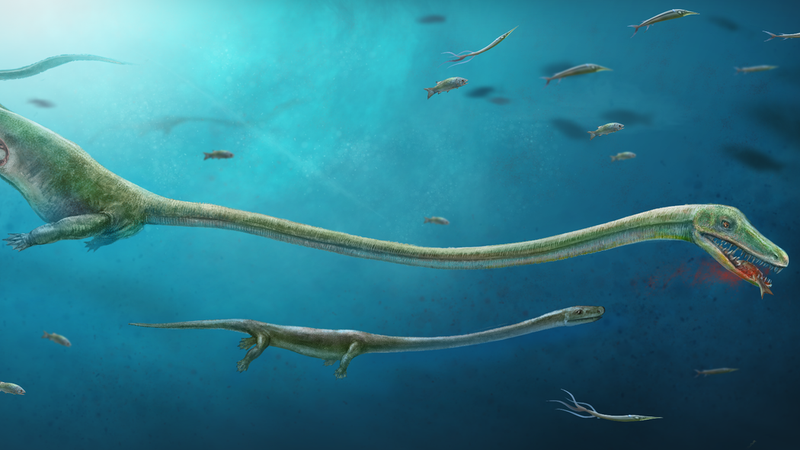ISLANDIA SABE CÓMO ACABAR CON LAS DROGAS ENTRE ADOLESCENTES (PERO NADIE LES ESCUCHA)
Hoy os queremos contar una historia de éxito en un asunto social esencial para cualquier sociedad: las adicciones en los más jóvenes.Por ello, hemos creído indispensable contar un caso del que apenas se ha publicado nada en España, no sabemos por qué. Islandia ha disminuido notablemente el consumo de tabaco, drogas y bebidas alcohólicas entre los jóvenes de menos 20 años, pero ¿cuál es su fórmula?¿Por qué no se aplica en otros países?
Esta medida tan relevante para su sociedad se tomó hace 20 años, porque los adolescentes islandeses eran de los más bebedores de Europa; hasta tal punto que el centro de la capital, Reikiavik, era peligroso por las noches. Los adolescentes se emborrachaban públicamente sin censura, ni control social o paternal de ningún tipo. El alcoholismo estaba normalizado y de su mano iba también el consumo de otras sustancias adictivas.
Una solución sencilla para un problema complejo
La clave para sacar a los jóvenes de la calle estuvo en el deporte y las artes. Se instalaron canchas de bádminton y tenis de mesa en espacios públicos y se incluyeron pistas de atletismo alrededor de los parques. Además, cada barrio cuenta con una piscina con calefacción geotérmica y un campo de fútbol artificial. Es más, se comenzó a favorecer y facilitar la asistencia a clases extraescolares en conservatorios de música, danza o arte.
Una táctica que ha servido a los islandeses para colocarse en el primer puesto en la clasificación europea de países con adolescentes con un estilo de vida saludable.
Si habláramos en porcentajes, el 15,2% de los adolescentes españoles de 15 y 16 años se emborracha normalmente frente al 5% de los islandeses. El porcentaje de los que han consumido cannabis alguna vez en España es del 22% frente al 7% en Islandia; y el de fumadores de cigarrillos diarios, del 18,8% en España frente al 3% en Islandia.
Estas estadísticas han caído en picado gracias al “sentido comúnforzoso” como llaman a esta iniciativa de incluir las artes y el deporte en la vida de los más jóvenes en islandia. Ojalá este método se adoptara en otras países, ya que el modelo islandés mejoraría elbienestar psicológico y físico general de millones de jóvenes. Además de repercutir notablemente en los organismos sanitarios y la sociedad en general.

El sentido común forzoso es el sistema islandés para reducir el consumo de alcohol y drogas entre sus adolescentes: deporte y arte
Es maravilloso poder observar las estadísticas actuales, pero antes de implementar el programa en Islandia, el país había probado toda clase de iniciativas y programas para la prevención del consumo de drogas. Sus datos por aquel entonces eran alarmantes: casi el 25% de los jóvenes fumaba a diario y más del 40% se había emborrachado el mes anterior. Ante esta situación, el gobierno se puso en las manos de Harvey Milkman, catedrático de Psicología estadounidense, para que introdujese poco a poco un nuevo plan nacional: el Juventud en Islandia.
Se llevaron a cabo una serie de medidas drásticas, que siguen vigentes desde entonces: se penalizó la compra de tabaco a menores 18 años y de alcohol a menores de 20 y se prohibió su publicidad. Además, se empoderó a los padres dentro de los centros de enseñanza mediante organizaciones de madres y padres y se llevaron a cabo numerosas charlas sobre la importancia de pasar tiempo con sus hijos. Por otro lado, se endurecieron las leyes como la que prohibía que los adolescentes de entre 13 y 16 años estuviesen fuera pasadas las 22 h en invierno y medianoche en verano.
Y lo que es más importante, los jóvenes contaron (y cuentan) contareas para realizar en su tiempo libre gracias al aumento de la financiación estatal en centros deportivos, musicales, artísticos, de danza y otras actividades. De esta forma, los chicos aprenden otras maneras de sentirse parte de un grupo y de socializar que no tienen nada que ver con el consumo de alcohol y de drogas. Además, aquellos jóvenes de familias con menos ingresos reciben ayuda para participar en ellas.
Islandia ha conseguido cambiarlo todo evitando la palabra terapia y enseñando a sus jóvenes algo que tuvieran la inquietud de aprender como música, danza, hip hop, arte o artes marciales. De esta forma, han logrado sacar a los adolescentes islandeses de las calles.





